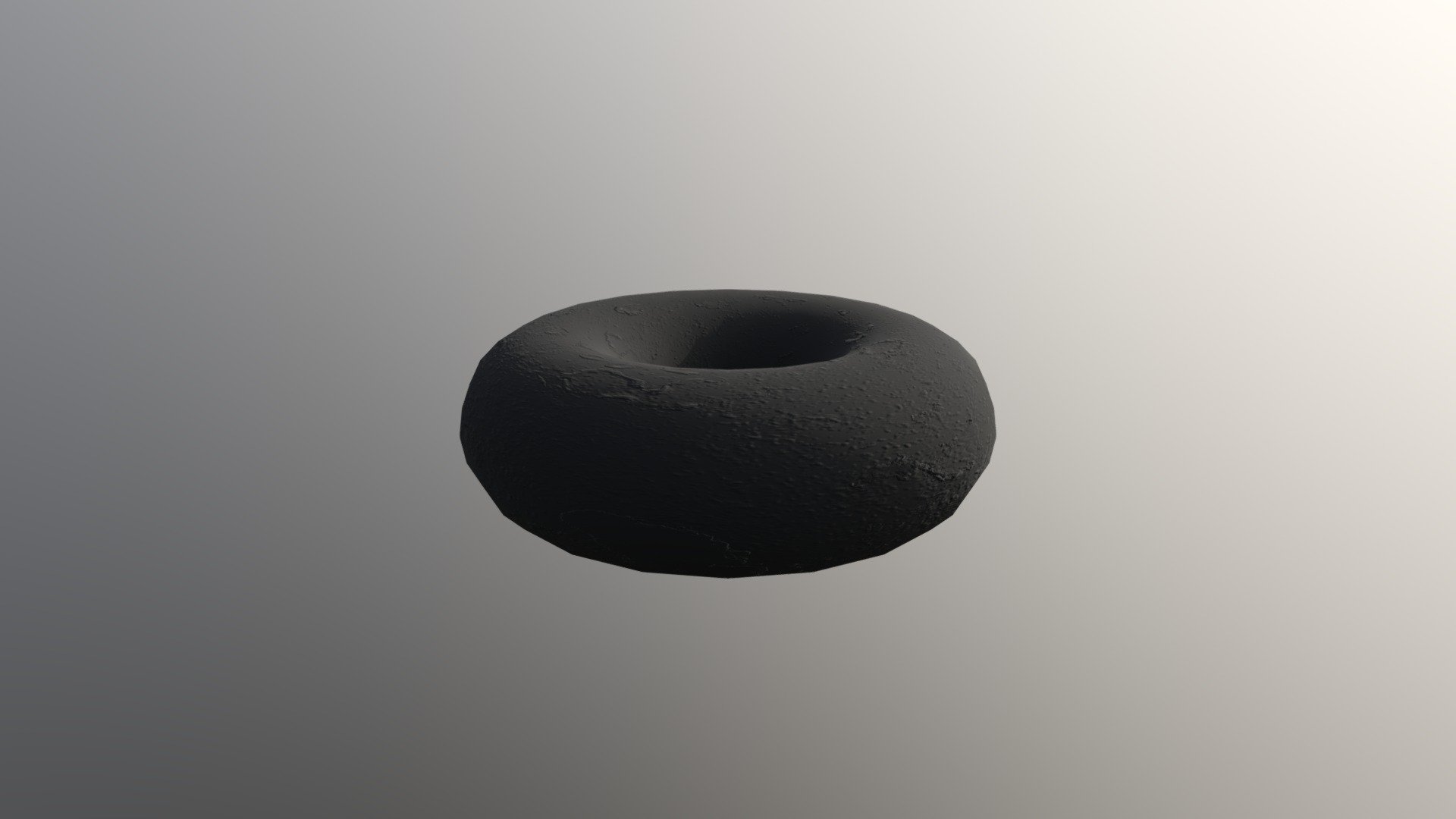
Rubber1
sketchfab
Designing a realistic rubber texture for an F1 tire using Substance Designer requires a meticulous approach to achieve a precise and authentic look. The first step involves creating a base material that captures the essence of rubber, including its characteristic sheen and subtle color variations. To start, create a new material in Substance Designer by clicking on "File" > "New Material". Name it something like "F1_Tire_Rubber". Next, add a "Standard Surface" node to serve as the base for our texture. This will give us a clean slate to build upon. Now, let's work on creating the rubbery sheen that F1 tires are known for. Add a "Gloss Map" node and connect it to the Standard Surface node. This will allow us to control the amount of gloss in different areas of the texture. For this example, we'll use a simple gradient map to create a subtle transition from matte to glossy. Moving on, let's add some color variation to our rubber texture. F1 tires often have a range of colors depending on their usage and condition. To achieve this, we can use a "Color Map" node in conjunction with the Gloss Map node. This will enable us to create a seamless transition between different colors based on the gloss level. To give our tire some depth and visual interest, we'll add some subtle texture elements using the "Noise" node. This will help break up the smoothness of the rubber surface and create a more realistic look. Finally, let's refine our texture by adding some subtle details such as tread patterns and wear marks. We can use a combination of the "Detail Map" node and the "Masking" node to achieve this. The Detail Map node will allow us to add fine details like tread patterns, while the Masking node will help us control where these details appear on the tire surface. With all our nodes in place, it's time to refine our texture further by adjusting their settings and blending modes. This will ensure a smooth and realistic look for our F1 tire rubber texture. After refining our texture, we can export it as a material file (e.g., .mat or .sbsar) that can be used in various 3D modeling software like Maya or Blender. By following these steps and adjusting the settings to your liking, you'll have a highly realistic F1 tire rubber texture that will elevate your next racing simulation project.
With this file you will be able to print Rubber1 with your 3D printer. Click on the button and save the file on your computer to work, edit or customize your design. You can also find more 3D designs for printers on Rubber1.
